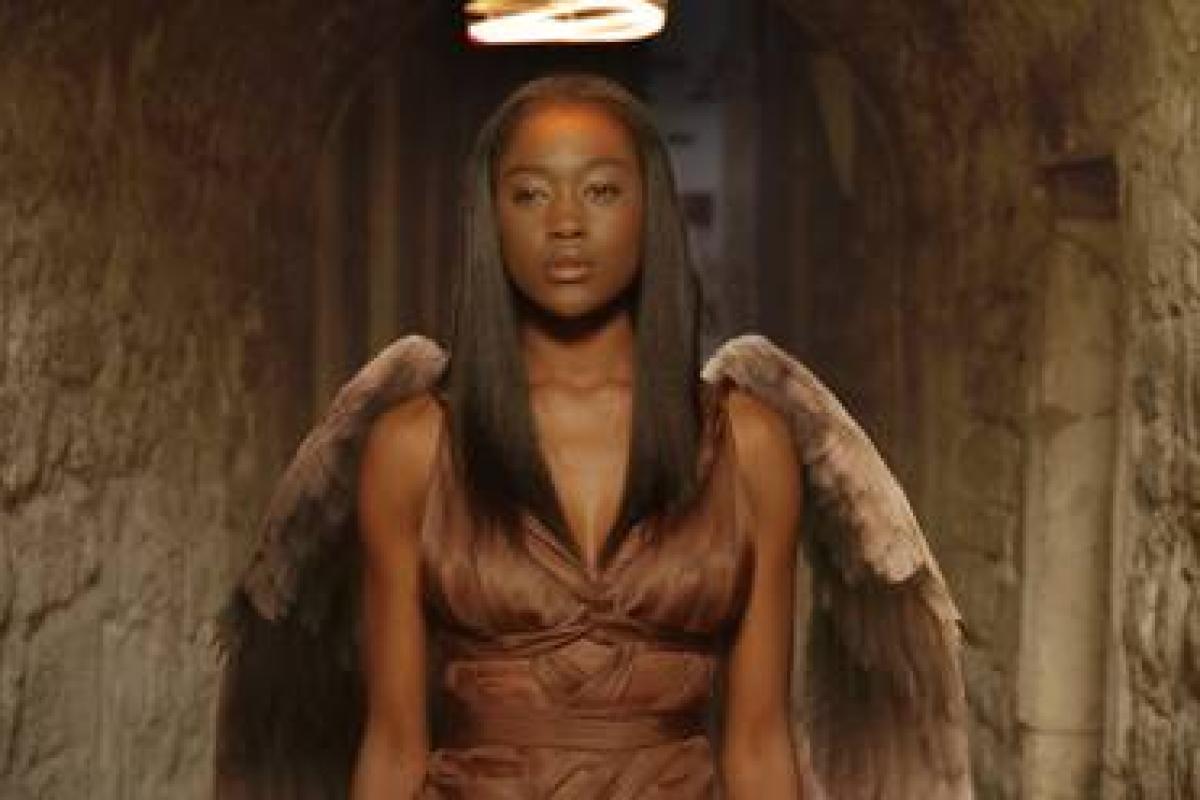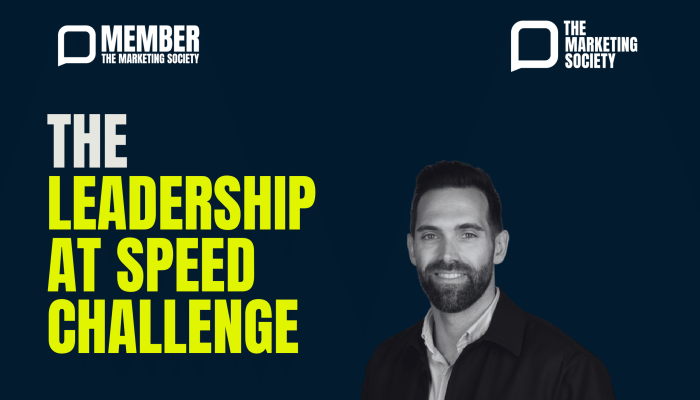AR has seen a huge growth over the last three years, embraced by brands to create more engaging, more interactive, and more talked-about “experiential” promotional activities.
Consumers are happy to “augment” their world with useful content, information and offers, while establishing more emotional connections with brands. Mobile AR users are predicted to reach 200 million by 2018, which means this is a format likely to grow rapidly.From mobile apps for interactive catalogues to one-off publicity stunts in shopping malls to augmented product packaging ‒ the options are limitless.
Forbes predicts that the AR market is expected to continue this trend; it’s projected to reach $117.4 billion by 2022.
Here are some of the most inspiring and practical applications:
Augment’s platform for AR marketing apps
One of the most popular tools used in AR marketing is the prosaically named Augment. Augment really only does one thing, but it does it well. Clients create custom “trackers”, which are printed or on-screen icons, that are then scanned with a white labeled app to trigger a video or a 3D model overlaid on the real world.
It’s a very simple concept, but Augment’s execution is flawless. The company has landed clients ranging from Samsung to Paradise Wildlife Park. Their platform is versatile enough to allow for trackers to be placed in print catalogs, for the purpose of “trying out” furniture or other items at home, or on more novel objects like stuffed animals, in the case of the wildlife park.
US Postal Service’s augmented tracking
The United States Postal Service is a surprisingly tech-savvy organization. They were one of the first to adopt online tracking and shipment creation, and have kept their website and other online features on par with competitors in the private sector like FedEx and UPS.
At the end of 2014, the organization launched their take on augmented reality marketing. The USPS AR app let users scan collection boxes (the big blue mailboxes) with their smartphones and be treated to a holiday display ranging from dancing penguins to Christmas lights. The video ends with the opportunity to order boxes, stamps, and other USPS supplies.
Weather forecasts with real estate partners
That old standby of the local news broadcast, the weather, has shifted to include augmented reality in their presentations. Weather forecasters have long used green screens, a forebear of augmented reality, to add some interest to their discussions of heat waves and storm fronts. With Max Reality, a new software product by The Weather Channel, weather forecasts have been brought into the 21st century.
Max Reality uses AR to seamlessly integrate 3D imagery into televised weather news, bringing animated rain clouds, snowstorms, and even traffic maps and humidity graphs into the space formerly occupied only by a weather man or woman.
AR marketing analysts are already savvy to the opportunities offered by this technology. In an interview with EMarketer, The Weather Channel’s Bill Dow brainstormed ideas for direct product placement in this new type of weather segment.
Pokémon GO is still a rich source of ideas
Although the Pokemon GO craze has cooled if not ended entirely, its impact on local marketing will last for years. The monetization scheme of the app, in which users could buy lures to attract Pokemon to specific regions, was a boon for local businesses. Buying a lure to sit in one’s coffee shop or bar is the very essence of augmented reality marketing. It places a digital object in the physical space of the business, and invites players to come interact with the object… and patronize the business while there.
Augmented reality company Niantic Labs, creators of the game, were quick to capitalize on the trend. In July, they announced that they would partner with businesses to create “sponsored PokeStops”, taking money in exchange for spawning monsters at particular locations. Jamba Juice takes the trend even further, giving players 10% off a purchase if they show their game to the cashier.
Modiface’s augmented beauty marketing
Augmented reality makeup “mirrors” have been a fixture in Sephora and other cosmetics retailers for several years. Although they began by simply superimposing a splash of color onto a photo of a customer’s face, the technology has greatly advanced since then.
Today, companies like Modiface use AR to completely map the user’s face and re-render it as a photorealistic 3D object. This allows the mirrors to accurately show the precise effects of makeup and even extended-time skin care regimens on the face.
As anyone who has ever shopped for cosmetics knows, choosing between the vast array of products available is time-consuming and difficult, and there are no guarantees of success. Using AR, Modiface lets buyers “try before they buy”, simulating a full application of makeup or months of skin care in the space of a moment.
Starbucks AR stunt
The latte wizards at Starbucks have been leveraging technology in the pursuit of the perfect cup for years. They pioneered the use of mobile pay, allowing customers to pay for drinks using their phones starting in 2011, years before the advent of Apple Pay. Over the years, they have also launched a number of amazing marketing campaigns that used the latest technology to wow visitors.
One of their best marketing stunts used augmented reality. In early 2012, the “Everylove on Every Cup” campaign turned every Starbucks cup into a Valentine’s Day card. Visitors used a dedicated Starbucks AR app to scan their cups and watch the design come to life, spreading wishes of love and the opportunity to purchase Starbucks gift cards.
Entertaining, educating … AR does much more
Universal Studios, as well as being a popular theme park, has always doubled as a way for Universal to market their upcoming films and franchises. The park takes in over 2 billion dollars annually, and it’s no surprise that the park loves to use AR and other cutting-edge technologies in their attractions.
At Universal Studios Orlando, park visitors can now engage directly with the dinosaurs of the Jurassic Park franchise, including the upcoming Jurassic World 2. By standing on a Hollywood star, visitors trigger an AR display on overhanging screens as a variety of dinosaurs walk up to investigate the humans. This is augmented reality marketing at its most impressive, the sort of experience that can only be achieved at a destination.
Here are some of the most memorable AR marketing moments of recent years:
1. Lynx: Angels Will Fall
To promote the Lynx Excite fragrance (a brand also known by the name AXE in some countries), a two-day marketing stunt was set up in Victoria Station (London) and New Street (Birmingham), where commuters were able to interact with virtual angels that appeared on a giant digital screen when they stood on the signs that read ‘Look up’. The campaign won two Bronze Cannes Lion awards in the Outdoor and Media categories and was inducted into the Outdoor Hall of Fame.
2. Top Gear: Augmented Reality Magazine
Top Gear Mag’s December 2011 issue brought together print and video through seamless engaging covers and content that came to life with AR technology. Besides winning the Editor’s and Reader’s choice awards at the FIPP awards, they published over 8 issues with 50,000-100,000 views per issue and 27% engagement rate and a CTR of 25%.
3. Absolut Truths
The campaign consisted of an app that users used to scan the neck hangers of Absolut vodka bottles, or downloaded from the campaign website. Once they scanned it, they were taken on a 3D tour of Åhus, a small village in Sweden where the product comes from. While they explored the region, they were also shown a step-by-step guide of how vodka was made, and they received a free drink recipe.
4. Coca-Cola and WWF: Arctic Home
Coca-Cola partnered with WWF to create awareness and raise funds for the conservation of the Arctic, which gives home to the polar bear. They set up an AR stunt in the London Science Museum for three months, where visitors were able to get close to a virtual family of polar bears through a big screen, creating an emotional connection. The campaign appeared 388 times in media with over 900 comments surrounding the topic.
5. Pepsi MAX: Unbelievable Bus Shelter
Pepsi MAX brought an unbelievable experience to London commuters. AR technology, they made people believe that they were looking through the bus shelter’s glass wall, when they were actually seeing a live video-feed on a HD screen with 3D animations. In just 7 days, the video had received over 2 million views and more than 24,000 shares, and the campaign won several awards.
6. Pizza Hut: AR Menu Experience
This campaign integrated Augmented Reality to create engaging experiences that families and friends would enjoy during their ‘pizza nights’. By downloading the Oggle app, users could scan images on the pizza boxes and menus to access a family Trivia Challenge, browse through the interactive menu and even place an order directly from the app.
7. Stockholm is your Canvas
This campaign for the Stockholm Art Week brought the city’s art scene to life through an Augmented Reality app that allowed everyone to submit their work and have it displayed in the official catalogue. Users just had to scan the Stockholm Art Week symbols to view the surprise artwork on their phone.
8. Hector&Karger: Lookbook 3D
The Polish brand Hector&Karger used Augmented Reality to market their AW 15/16. Partnering with Tap2C, who use our Image Recognition and AR tech, they created an interactive lookbook named RE_ALITY. Readers had to scan the Viva! Moda magazine cover to view photoshoots, be able to see models from all angles, and even purchase items from the collection.
9. New Look: AR Campaign UAE
The UAE has one of the highest mobile penetration rates in the world. UK’s fast-fashion brand New Look decided to tap into this opportunity by developing the first AR campaign for studentsin the Middle East. The campaign allowed students to scan their New Look card to access special offers and interactive additional content, such as ‘creating their own look’ with New Look products. It resulted in great engagement rates, with almost 7 minutes spent in the app per session.
10. Mandiri & WWF: Saving Rhinos
With only 55 Javan rhinos left in Indonesia, this campaign aimed to address the issue of their extinction by developing an Augmented Reality game. Users had to register to Mandiri e-cash by directing their phones towards a Mandiri ATM card. By doing so, a rhino appeared. Users could take care of the animal by submitting donations, which unlocked food, medicine and other treats in the game.
This article originally appeared on thegeniusworks.com



